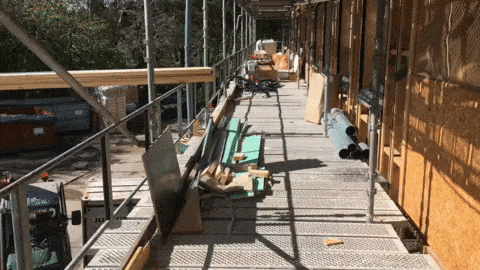We don’t see our inventions as the manifestation of a sudden, brilliant idea. Rather, it’s methodical solutions for problems.
People often ask us, where our ideas come from. In reality, we almost never just come up with ideas. Those are rarely valuable on their own.
Instead, we come up with solutions to problems. When we start out with a problem, we can apply our processes which is really what generates the ideas.
The great question is then: Where do the problems come from? And the answer is usually one of those two:
- We work with someone who has an explicit problem they want us to solve or
- We discover a suboptimal process or new trend in one of the sectors we are currently working with.
The problem behind a problem
It’s always an honour when a client or partner reaches out and trusts us to solve a problem they have discovered.
Getting the task served on a silver platter like that might seem like the easiest way, but sometimes, this makes it even harder to find the right solution.
When the problem is known, we tend to start solving it intuitively right away. And so does the client. But the first solution that comes to mind is rarely the best solution, which makes our real job here to get back into an open ideation process. Which sometimes leads us to solve a different problem than we were initially tasked to look at.
Fresh eyes on the process
When we enter a new sector (e.g. waste handling or office workspace) we learn a lot about the industry in a very short time. Which gives us an intimate insight into their problems and needs – and at the same time a chance to see the issues the industry itself wasn’t aware of.
It’s so much easier for us to spot the untapped potential as outsiders. We are not burdened by how “things are used to be done” – which allows us to bring fresh ideas to the table and question established truths.
JeeBee, our most recent product, is a great example. We simply observed how building material was manually hauled around on the building site. The solution turned out to be a small, versatile and motorized multi-trailer to haul the goods. And when potential users react with a “oh yeah, god, it would be so much easier to drive it around instead of hauling it manually!” we know we have found an unmet need.

